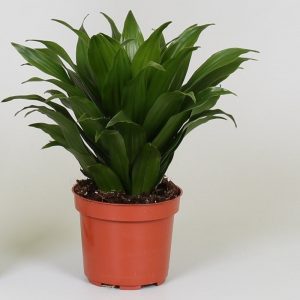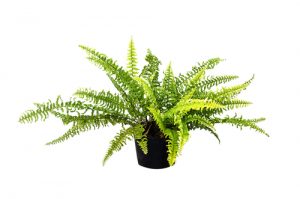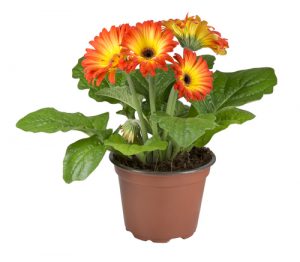Refresh with Indoor Plants
05 Feb 2018

- Personal aesthetics - e.g., do you prefer flowering plants?
- Their mature size - will a 3-ft.-wide plant fit in your corner?
- Sunlight needs - do you have sunny windows or mostly dark rooms?
- Toxicity for pets and children - toxic plants are a no-go.
- Maintenance requirements - do you like to putter with them or does your lifestyle require quick, low maintenance?














